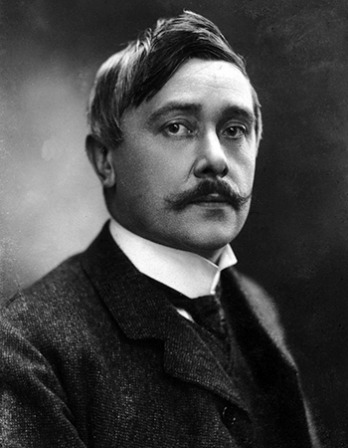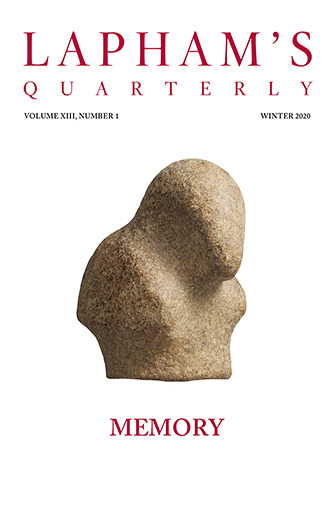In the beginning it pleased God to make one element—water—into which he infused the power of generating minerals, so that they might immediately grow, and thus adapt themselves to human needs.
Water, I say, he destined for this function, that it should be the matrix of the metals, by means of fire, salt, and mercury. He separated it from the other three elements into a peculiar body which was not in the air, in the earth, in the sky, but was something special, different from these. This he placed on the lower globe so that it might be above the earth and occupy the cavity in the earth where it lies.
Now, in this element are the generations of all metals and stones, which exhibit themselves under multifarious natures and forms. Moreover, as you see, all fruits grow out of the earth into the air, and none of them remain in the earth, but go out of it and separate themselves from it, so growing out of the water, there go forth metals, salts, gems, stones, talcs, marcasites, sulfurs, etc.—all proceeding from the matrix of this element into another matrix, that is, into the earth, where the water completes its operation, but the root of minerals is in the water, as the root of trees and herbs is in the earth. But they are brought to perfection above the earth, and pass on to their ultimate matter, which is entirely in the air.
From Book of Minerals. “A man who, in certain moments, gives evidence of a remarkable penetration, and in others raves in the most pitiable way possible” is how historian of science Ferdinand Hoefer described Paracelsus. Born in 1493 in Switzerland as Philippus Aureolus Theophrastus Bombastus von Hohenheim, the physicist and alchemist conducted research that established the role of chemistry in medicine. He was the first to determine that minerals in drinking water—particularly lead—could cause goiters.
Back to Issue





